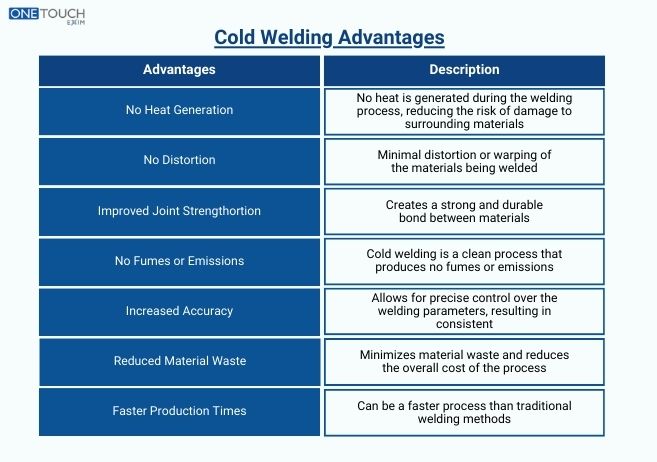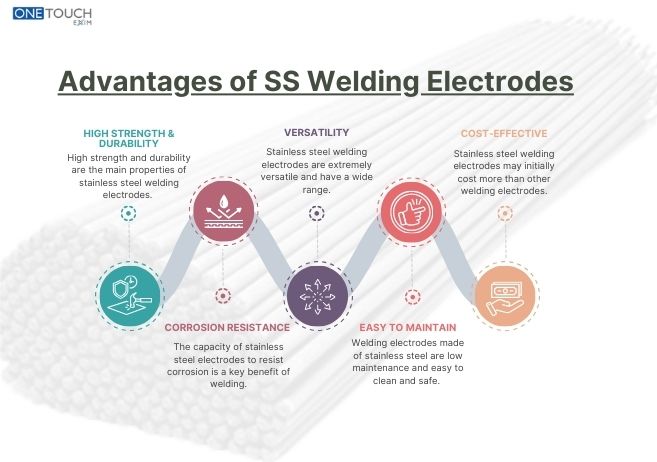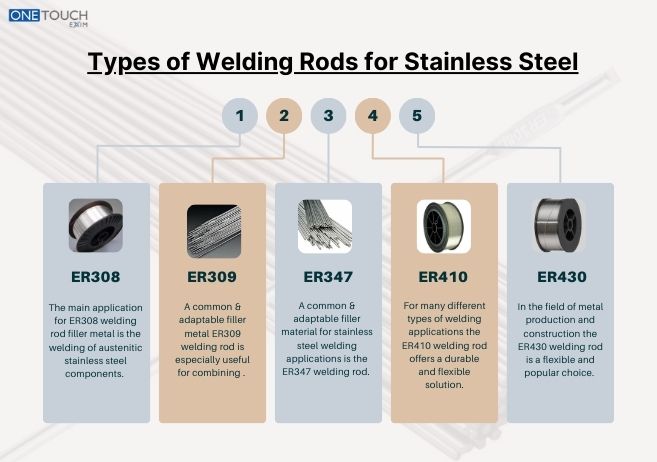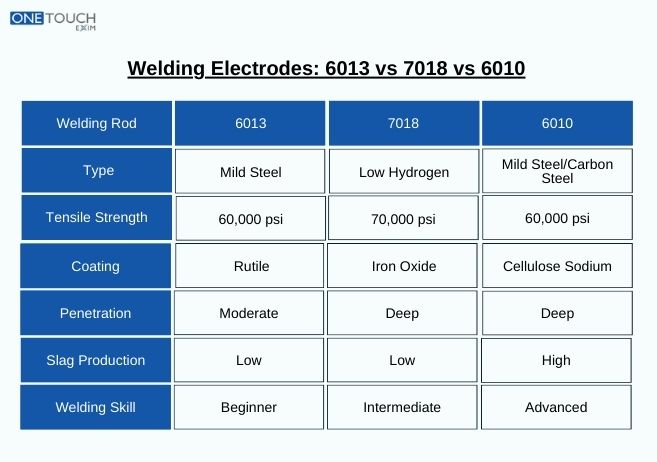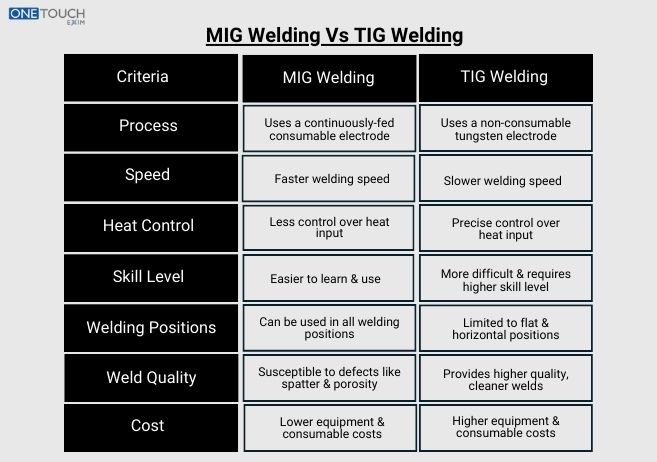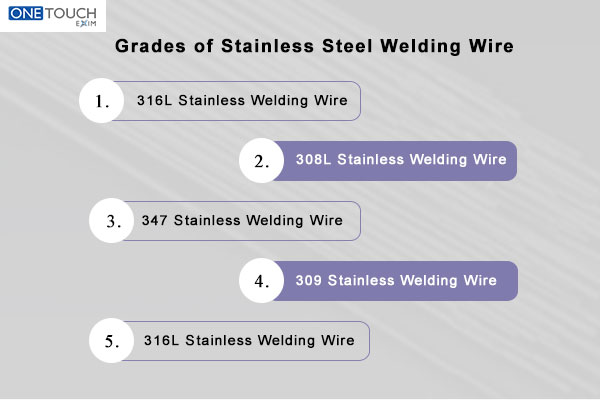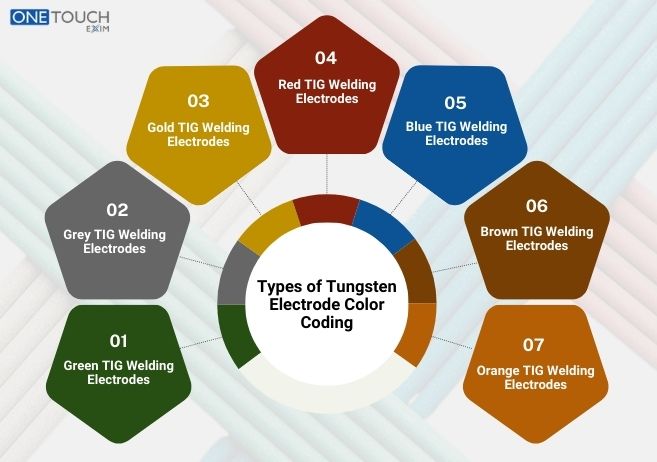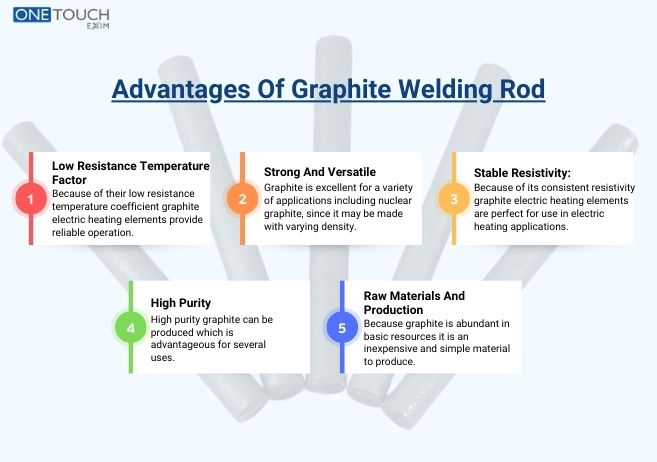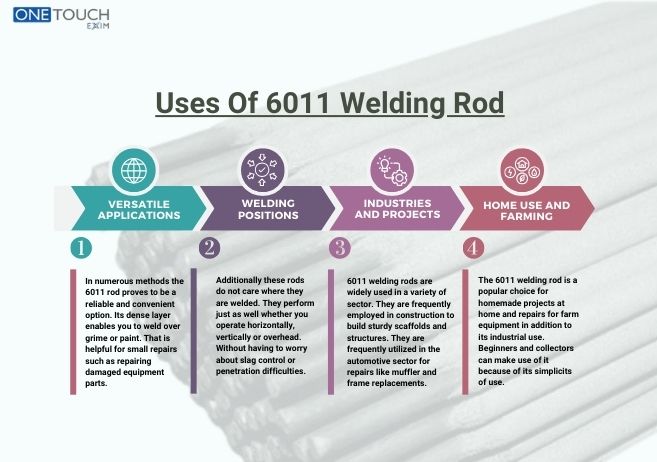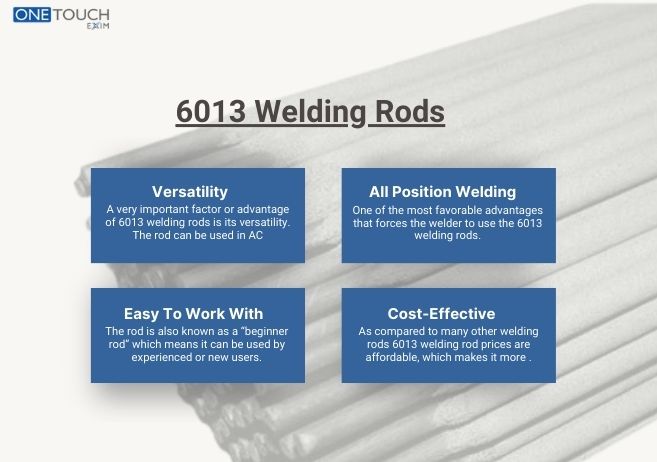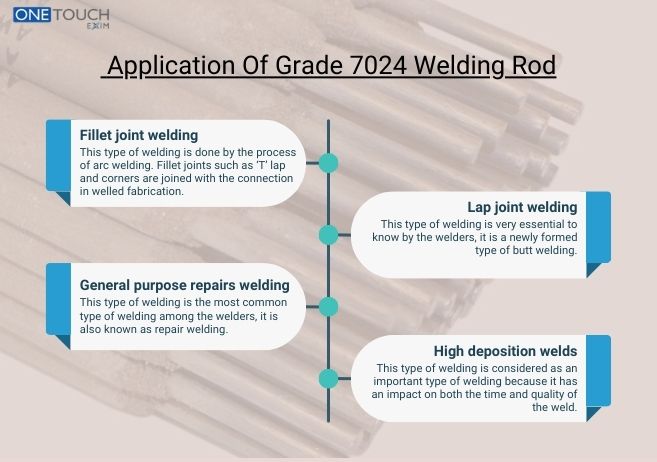Stainless steel is a metal that is used in various applications including automotive, chemical industries, and construction. It is used as the proper material for building because of it has various properties such as resistance to corrosion, tensile strength, and durability. There are so many challenges, types, and methods to perform stainless steel welding. Stainless steel has so many grades that have the capability of working in hot and cold temperatures which makes it so popular for use in oil and pipe industries. Selecting a stainless steel metal is a good idea for transporting corrosive chemicals, and medical needs. Let us talk deeply about its methods, types, pros and cons, and best practices in this blog.
Pros of stainless steel welding
There are so many advantages of stainless steel welding some of them are:
Corrosion Resistance:
Stainless steel is well known for its resistance to corrosion, it is resistant to so many types of corrosion as it has chromium which forms a layer of passive oxide on the surface. These layers help to protect the surface of steel metal from corrosive metal that includes chemicals, water, and salt. It has the ability to stand or work in harsh environments that are acidic or alkaline solutions, exposure to moisture, and marine environments.
Either during the welding process or heating and cooling process the chromium oxide layer may get destroyed or removed. The biggest challenge while performing the TIG welding is rust, which is why the proper cleaning and adequate prepping of stainless steel metal before welding is considered as important.
Strength and Durability:
One of the most important advantages of stainless steel that is why it has become so popular among welders and they prefer to Buy Stainless steel for welding. It is a durable and strong material because having this feature it allows to weld the strong and powerful joints between stainless steel components. These are suitable for various applications where durability and strength play a crucial role because it has the ability to hold and stand with heavy loads and deformation resistance.
Beddable appeal:
Stainless steel is highly considered for its beddable appeal because it has a shiny and clean appearance that adds a neat and clean or elegant touch in various applications including kitchen types of equipment, architectural designs, and decorative elements. To maintain an attractive appearance you can weld seamless joints by stainless steel welding.
Cons of stainless steel welding
If there are some advantages of stainless steel there are also some disadvantages because everything has two phases. the disadvantages of stainless steel are as follows:
Heat Sensitivity:
As stainless steel is heat resistant, it contains a higher amount of thermal conductivity as
Compared to the other metals that makes it more sensitive and delicate to heating while welding. As it is heat sensitive it takes a lot of time to cool down. This can lead to warping, distortion, and residual stress in the joint where welding has been done. To minimize this issue proper welding techniques like pre-heating, post-weld heat treatment, and controlling heat input should be considered as important.
Cost:
As compared to other metals stainless steel tends to be more expensive. If there is a higher cost of materials they need specialized equipment and skills which leads to more expense. Because of its durability and corrosion resistance properties, it outweighs the total investment.
Risk Of Contamination:
Stainless steel is responsive to contamination while welding. The use of the wrong filler material, improper shielding gas, and inadequate cleaning of the base metal can lead to contamination. It can lead to compromised mechanical properties and corrosion resistance. Cleaning and using of proper welding materials and proper welding techniques or procedures may prevent the stainless steel from contamination.
Stainless Steel Welding Methods
According to the project necessity, there are several welding methods that can be used to perform or to join the parts of stainless steel. we will discuss about some of the methods of welding stainless steel in this blog that is as follows:
TIG welding:
This stainless steel welding method is commonly used in the fabrication sector because it has the quality of a stable arc and it is an automated process. The welder can control the heat applied on the weld and control it through a finger controller and by a foot pedal in the TIG welding process. This process can be used in AC or DC polarity and offers flexibility. Considering or choosing a perfect electrode for the process should be done beforehand. The gas shielding welding process is considered to be more expensive than others because it needs more materials for welding such as shielding gas and filler rods.
MIG welding:
This is also considered as the favorable or most preferable choice for stainless steel welding. It has the ability to weld faster than the TIG welding process. A Teflon wire liner in the MIG gun adds protection from contamination and allows for a consistent wire feed to a weld pool. The various cooling process such as staggering and backstepping helps to ignore the warpage as stainless steel retains heat.
Resistance welding:
Spot welding and seam welding are also known as resistance welding. Stainless steel resistance welding cleans welds as compared to other welding processes such as arc welding.
It has no risk of weld spatter and does not use any filler material. It can complete a weld in a short time because of the high electrical resistance of stainless steel which makes it favorable.
For resistance welding stainless steel a good quality welder must be needed for sufficient power output and to prevent the areas close to HAZ from deformities.
Best Practice For Stainless Steel Welding
A welder should know how to perform a clean or suitable weld that would be an eye-catching weld. For this, you should know the best practices for stainless steel welding to perform a good and stable arc. There are some of the practices are as follows;
Filler Metal Selection:
The selection of filler material is considered as most important because according to the project or work an appropriate filler should be used. Sometimes the properties of filler materials match the properties of a grade of stainless steel. Other points to consider while selecting filler materials which is pleasant or aesthetics, weld joint designs, and the overall performance of the weld.
Parameters
A skilled or experienced welder knows the details of every stainless steel grade, welding method, and welding consumables. The parameters such as torch angle, power supply, deposition rate, and travel speed are considered to be effective for the highest quality welds.
Shielding Gas;
It plays an important role in the MIG and TIG welding process because it protects the weld pool from contamination. The accurate choice of shielding gas leads to improving the overall welding results and reduces the risk of having destroyed welds.
Conclusion
In the above blog, we have learned about the various welding techniques, advantages, and disadvantages of stainless steel welding, and the practices for stainless steel welding.

